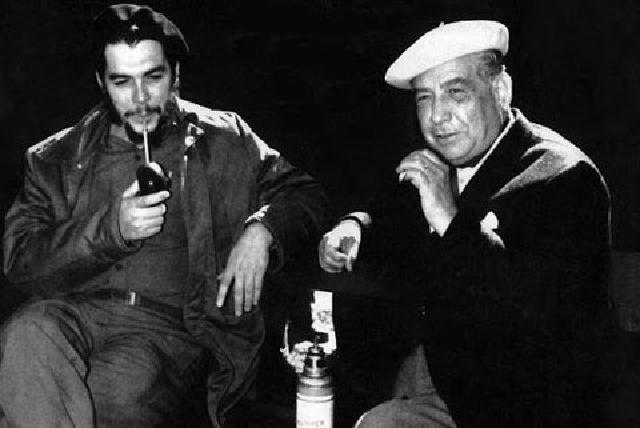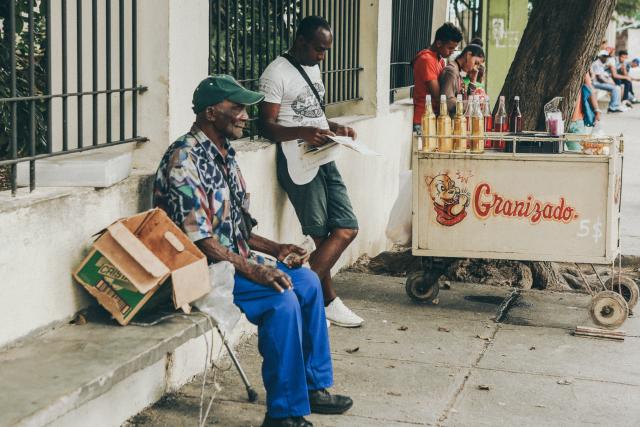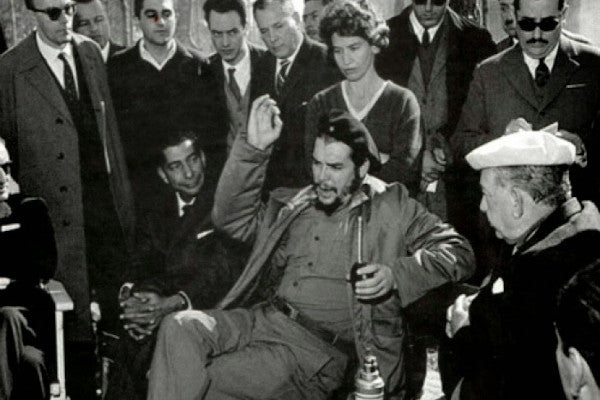Introduction
Yerba mate, a traditional South American beverage, has long been associated with social and cultural practices. Inextricably linked to the history of Argentina, Uruguay, Paraguay, and southern Brazil, yerba mate is more than just a drink; it’s a symbol of communal bonding and shared experiences. This cultural icon takes on an even more significant role when examining its connection to the legendary revolutionary figure, Ernesto “Che” Guevara.
Yerba Mate: A Cultural Staple
Yerba mate, derived from the leaves of the Ilex paraguariensis plant, has been consumed by indigenous people for centuries. Introduced to the European colonizers by the Guarani people, yerba mate quickly became a cultural staple, evolving into a social ritual with profound cultural and historical implications.
Known for its stimulating effects, yerba mate is traditionally consumed in a shared gourd (mate) through a metal straw (bombilla). The communal act of passing the mate around fosters a sense of camaraderie and community, creating a space for conversation and connection. This practice has endured through generations, becoming an integral part of the social fabric in many South American countries.
Che Guevara’s Connection

Che Guevara drinking yerba mate.
Ernesto “Che” Guevara, the iconic Marxist revolutionary, was deeply rooted in the South American culture that embraced yerba mate. Born in Argentina in 1928, Che’s early life was influenced by the traditions and customs of the region. Yerba mate, being a pervasive aspect of daily life, inevitably played a role in Che Guevara’s experiences and worldview.
Che’s association with yerba mate is often highlighted by images of him enjoying the beverage during his travels and revolutionary activities. Photographs and anecdotes depict Che Guevara sharing yerba mate with comrades, fostering a sense of unity and solidarity among the revolutionaries. This visual narrative serves as a testament to the cultural significance of yerba mate in the life of one of the 20th century’s most iconic figures.

A man int the vibrant streets of Old Havana, Cuba, capturing the essence of the city’s rich history and cultural charm. Photo by Nick Karvounis
Yerba mate’s connection with Che Guevara goes beyond a mere beverage preference; it symbolizes a shared cultural identity and a commitment to social change. The act of sharing mate becomes a metaphor for the collective struggle for justice and equality that Che Guevara advocated.
In the context of revolutionary movements, yerba mate takes on additional layers of symbolism. It represents the resilience of the people and their ability to find moments of connection and solace even in the face of adversity. The simplicity of passing around a mate gourd becomes a powerful act of defiance against oppressive forces.
Conclusion
The intersection of yerba mate and Che Guevara highlights the cultural richness and depth of South America. Yerba mate, with its long-standing traditions and social significance, serves as a bridge between the past and the present, connecting individuals and communities. In the context of Che Guevara’s life and legacy, yerba mate becomes a tangible link to the revolutionary spirit and the pursuit of a more just society.
As we explore the intertwined history of yerba mate and Che Guevara, we gain insight into the cultural forces that shaped the revolutionary icon. Whether sipped around a campfire in the mountains or shared in the bustling streets of a city, yerba mate remains a cultural touchstone, embodying the spirit of unity and shared purpose that Che Guevara championed throughout his life.
